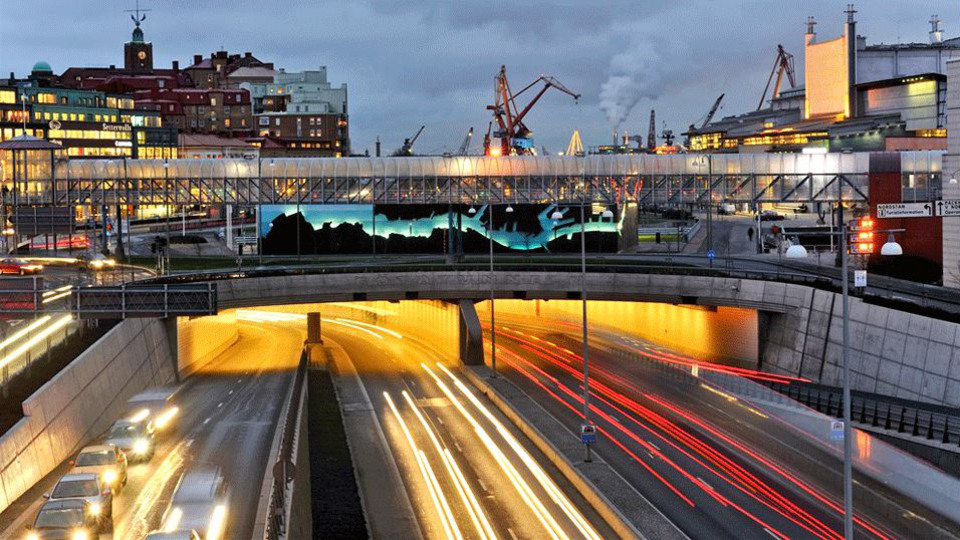
Environmental zones for passenger cars
On behalf of Trafikanalys, IVL and the consulting company Koucky and Partners have analyzed how an environmental zone system for light motor vehicles could be designed. The study shows that environmental zones can be both socio-economically profitable and accelerate the reduction of emissions in cities - if sufficiently strict requirements are set.
The study has been carried out within the framework of a major project that aims to investigate how various policy instruments can be used to achieve the transport policy goals, including the environmental quality goals Good built environment and Fresh air. As part of this, the possibility of giving municipalities the right to introduce environmental zones for light motor vehicles has also been investigated.
The target group for the investigation is primarily experts at Trafikanalys and other relevant authorities, ministries and municipalities and decision-makers in transport policy. Trafikanalys has the task of supporting the government with analysis and follow-up of developments in the transport area. As part of that work, it is included in investigating and analyzing which available instruments for the transport sector could be used in order to achieve the environmental quality objectives.
Expansion of environmental zones to include more vehicle categories
Based on the Swedish Transport Agency's previous proposal for environmental zones, IVL and Koucky and Partners in this study have analyzed how environmental zones could be expanded to include more vehicle categories or new requirements. The expected effects of the proposal regarding environmental goals and feasibility have been analyzed, also in relation to alternative instruments.
The report proposes that the requirements be specified in different classes where one proposed class refers to Euro 6 for petrol-powered vehicles and Euro 6c (which has actual emissions closer to the limit value) for diesel-powered vehicles and the other proposed class refers to emission-free. At the same time, it is recommended not to introduce environmental zone requirements for light vehicles that have lower requirements than Euro 6 / 6c and that the current system for heavy vehicles be maintained. It is also recommended that municipalities be given increased opportunities to limit the use of studded tires.
Rewards electricity and charging hybrids
- The proposal for zero-emission zones provides opportunities for municipalities to reward electric and charging hybrid vehicles for cars, trucks and buses. At the same time, an environmental zone class for diesel cars is proposed, which means that the EU's new driving cycle for emissions in real driving will be used (6c). It gives cities with air quality problems a necessary tool to remedy high levels of nitrogen dioxide, says Anders Roth, mobility expert at IVL.
The report is part of Trafikanalys' basis for the government to continue working with environmental zones. Read the report here.
Do you want to know more?
Contact Anders Roth
